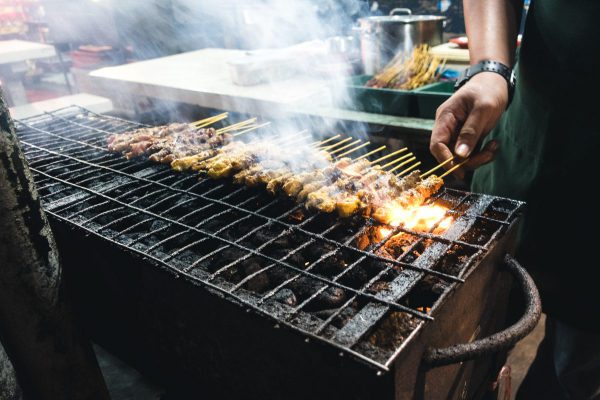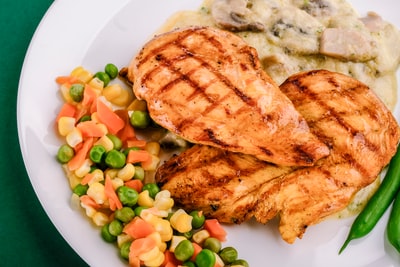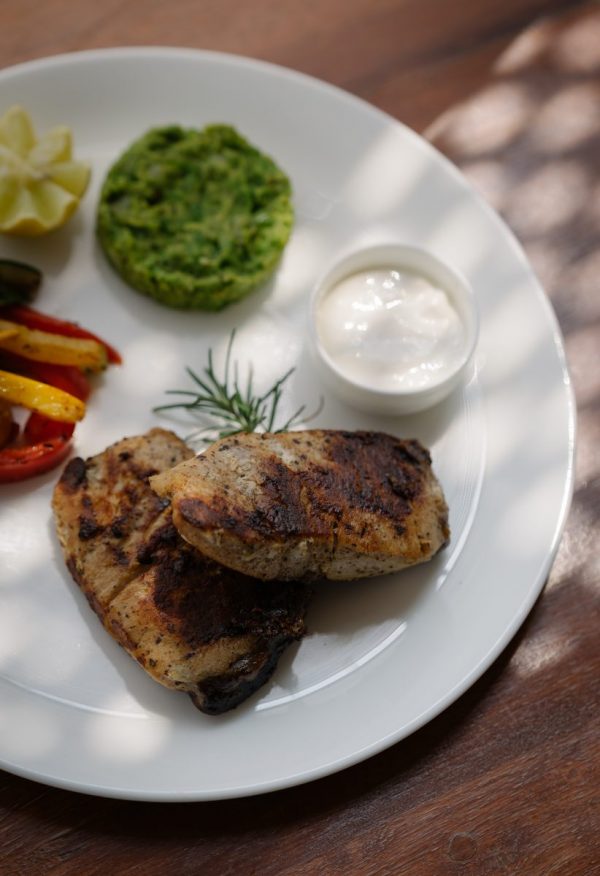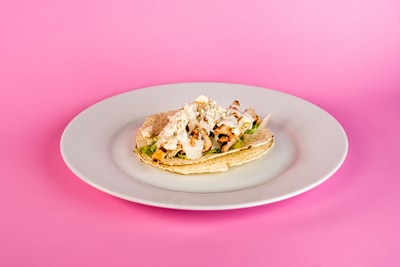Ingredients
- 250 oven
- 10 bone-in leg-thigh (pieces)
- 190 gr melted butter note recipe calls (unsalted)
- 85 gr boned chicken breasts (skinless)
- 50 gr chicken breast (skinless)
- 6 gr salt
- 5 gr garlic powder
- 4 gr black pepper (ground)
- 3 gr pepper (white)
- 2 gr onion powder
- 2 gr cumin (ground)
- 1 gr gound cayenne pepper
- 1 gr sweet paprika
hands. (If you lay the fillet on a plate or other surface to season it, be sure the surface is warm so the butter won't congeal and stick to the surface instead of to the meat. Wipe the surface clean after seasoning each fillet. Use any remaining seasoning mix in another recipe.) Immediately place the fillet skinned side down in the hot skillet, making sure all meat folds are opened up and the meat is lying flat. Pour about 1 teaspoon butter on the top of the fillet (be careful, as the butter may flame up). If you cook more that -20ºC illet at a time, place each fillet in the skillet before buttering and seasoning another one. Cook uncovered over the same high heat until the underside forms a crust, about 2 minutes. (The time will vary according to the thickness of the fillets and the heat of the skillet or fire; watch the meat and you'll see a white line coming up the side as it cooks.) Turn the fillets over and pour about 1 teaspoon more melted butter on top of each. Cook just until meat is cooked through, about 2 minutes more. Serve the chicken fillets crustier side up while piping hot. Clean the skillet after cooking each batch and repeat the blackening procedure with the remaining chicken fillets. To serve, place 2 breast fillets or 1 leg-thigh fillet on each heated serving plate. If you use a large serving platter, do not stack the fillets. Paul Prudhomme warns, "Blackening should be done either outdoors or in a commercial kitchen. The process creates an incredible amount of smoke that will set off your own and your neighbors' smoke alarms. People with really well-installed commercial hood vents at home have gotten away with blackening in their own kitchens. They are privileged! Don't push your luck." From The Prudhomme Family Cookbook



